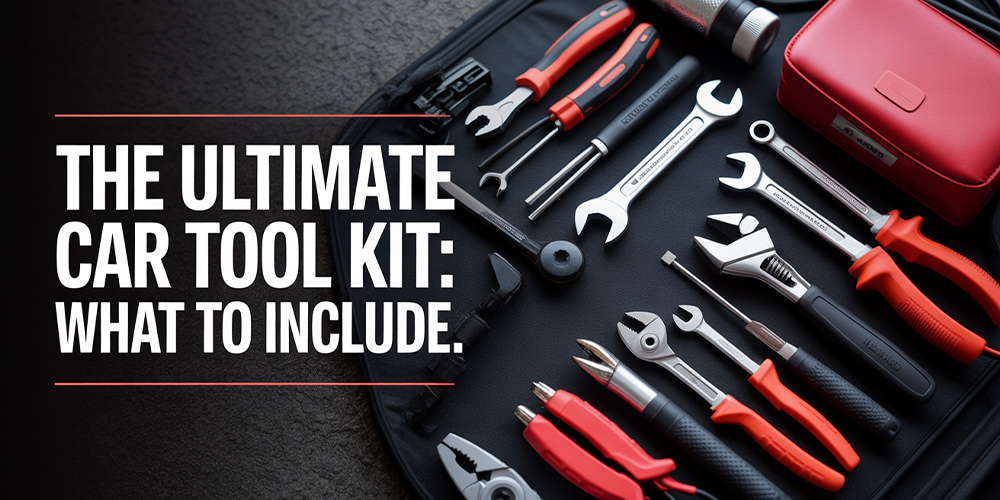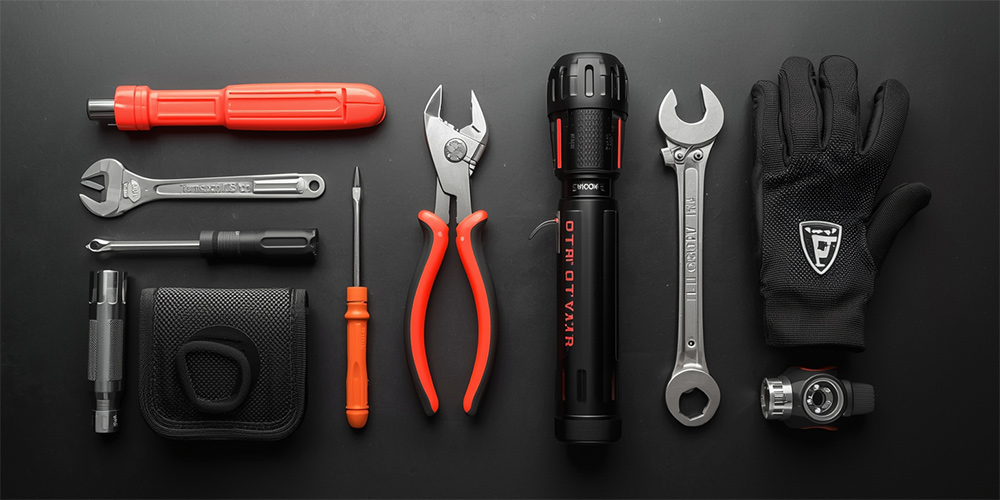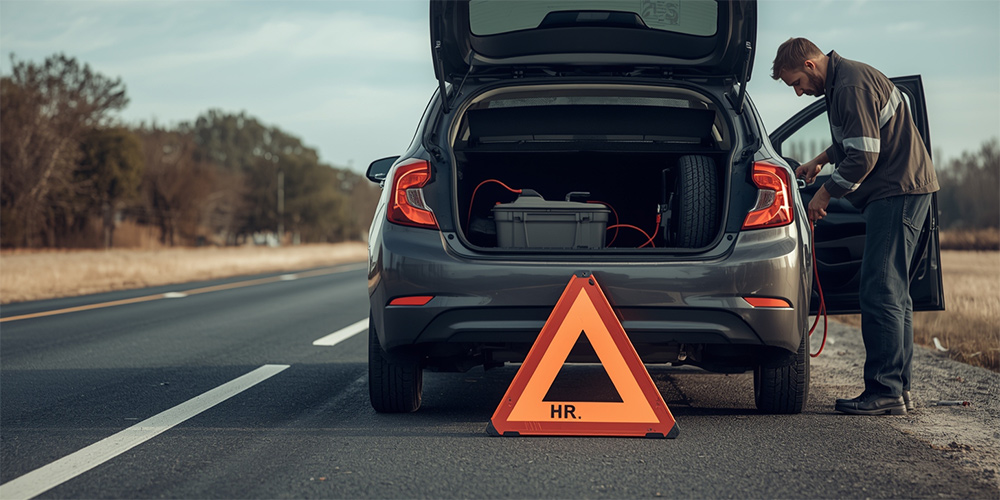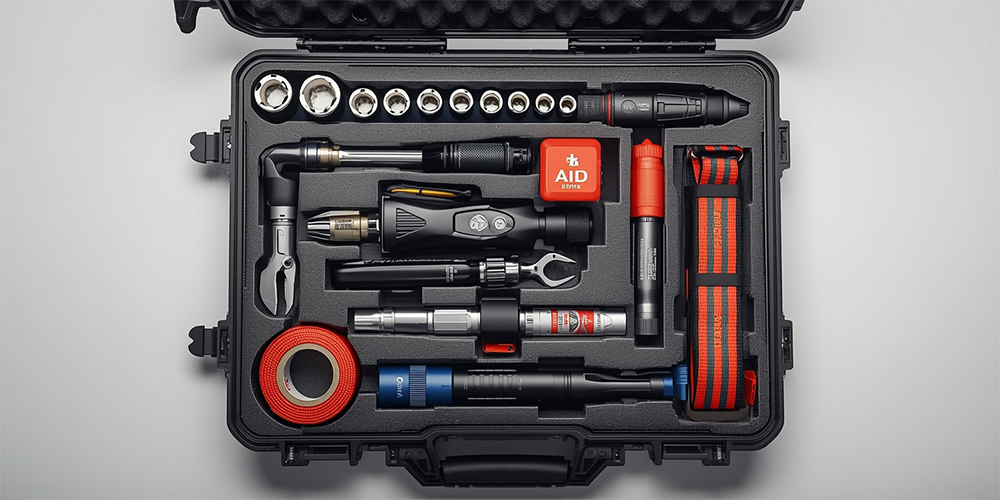
A car breakdown can happen anytime, whether you’re on EDSA during rush hour or driving through winding provincial roads in the Philippines. While modern vehicles are generally reliable, issues like flat tires, weak batteries, or sudden overheating remain common. Having the right tools on hand often makes the difference between a minor inconvenience and being stranded for hours.
This guide will walk you through everything you need in the ultimate car tool kit. From basic must-have items to advanced tools for DIY enthusiasts, you’ll discover a step-by-step approach to building a reliable, practical, and Philippines-ready toolkit that ensures safety and peace of mind on the road.
Driving conditions in the Philippines can be unpredictable. Heavy rains, flooding, uneven roads, and long stretches between service stations all increase the risk of emergencies. For Filipino drivers, a car tool kit is more than just a convenience — it’s a necessity.

Along with a reliable toolkit, many Filipino drivers also invest in additional upgrades. If you want ideas, check out our guide on Top 10 Must-Have Car Accessories for Filipino Drivers in 2025.
Key Takeaway: These are the non-negotiable tools every Filipino driver should always have in their car.
Callout: In the Philippines, LTO regulations require a warning device (reflector triangle) and a fire extinguisher for many types of vehicles. Always keep these in your car.

Before diving deeper into advanced gear, consider whether you’re comfortable handling repairs yourself. Our resource on The Pros and Cons of DIY Car Repairs will help you decide if investing in professional-grade tools is right for you.
Your toolkit only helps if it’s in working order.
Tip: Add your tool kit check to your car’s preventive maintenance schedule.

| Kit Type | Items Included | Approx. Cost (₱) |
| Budget Starter Kit (~₱3,000) | Screwdrivers, wrench, pliers, tire iron, jack, flashlight, warning triangle | 3,000 |
| Mid-Range Everyday Kit (~₱7,000) | Starter kit + jumper cables, tire inflator, first aid kit, tow strap, multi-tool, duct tape | 7,000 |
| Advanced Road Trip Kit (~₱15,000) | Mid-range kit + torque wrench, socket set, OBD-II scanner, spark plug spanner, jump starter | 15,000 |
For those buying items online, it’s important to know how to identify quality products. Our article on How to Choose the Best Car Accessories Online explains how to avoid low-quality tools and find reliable brands.
Building the ultimate car tool kit doesn’t happen overnight — it’s about starting with the basics and upgrading over time. For Filipino drivers, a well-prepared toolkit provides not just convenience, but also safety, independence, and confidence to tackle unexpected roadside challenges.
Start small: gather the essentials. Over time, add advanced tools suited to your driving habits and vehicle type. Whether you’re commuting in Metro Manila or road-tripping across Luzon, having the right tools ensures you’re always ready for whatever the road throws at you.
1. What are the top 5 tools every car should have?
At minimum: screwdriver set, lug wrench, jack, flashlight, and jumper cables.
2. Do I need a torque wrench if I don’t repair engines?
Not always — but it’s useful if you perform your own wheel changes or engine maintenance.
3. How often should I check my car tool kit?
Every 6 months or before long road trips.
Since 2012, KG Car PH has been the go-to for affordable car parts in the Philippines. We make it easy to find the right fit and offer same-day delivery nationwide—so you get quality parts fast, without spending more.
SOCIAL MEDIA
TOP CATEGORIES
QUICK LINKS
© 2025 KGCAR.PH